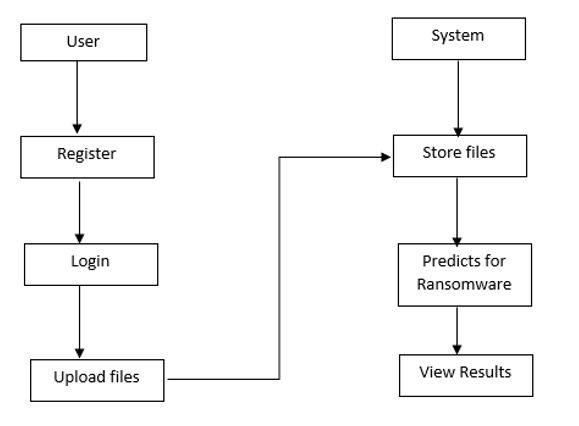Ransomware Detection using Python
Objective
The main goal of this analysis study is detecting Ransomwares in software compare the algorithm which algorithm provide high accuracy. Finally select the best algorithm to predict the stock price at early stage.
Abstract
This project demonstrates a novel approach to detecting ransonware targeted at Microsoft Windows, combining 2 deep learning neural network classifiers to create an ensemble, taking files as input in Microsoft’s standard PE file format, such as those with a ‘.exe’ file extension, and returning a prediction of the file belonging to 1 of 3 classes: benign, generic malware, or ransonware. The model’s ability to distinguish between ransonware and other forms of malware allows it to be applied as an extension to an existing malware detection system such as anti-virus software, and aid in the categorisation and reverse engineering of new in-the-wild ransonware samples. The ensemble automates static analysis of Windows software binaries by extracting features from the contents of the files and abstracting patterns within these features. The results of testing the ensemble model on data not seen in its training suggest a high level of predictive power in classifying new in-the-wild samples.
NOTE: Without the concern of our team, please don't submit to the college. This Abstract varies based on student requirements.
Block Diagram

Specifications
- Processor: I3/Intel
- Processor RAM: 4GB (min)
- Hard Disk: 128 GB
- Key Board: Standard Windows Keyboard
- Mouse: Two or Three Button Mouse
- Monitor: Any
- Operating System: Windows 7+
- Server-side Script: Python 3.6+
- IDE: Pycharm
- Libraries Used: Pandas, Numpy.
Learning Outcomes
- About Python.
- About Pandas.
- About Numpy.
- About Machine Learning.
- About Artificial Intelligent.
- About how to use the libraries.
- Virtualization.
- About model choosing.
- Project Development Skills:
- Problem analyzing skills.
- Problem solving skills.
- Creativity and imaginary skills.
- Programming skills.
- Deployment.
- Testing skills.
- Debugging skills.
- Project presentation skills.





 Paper Publishing
Paper Publishing
